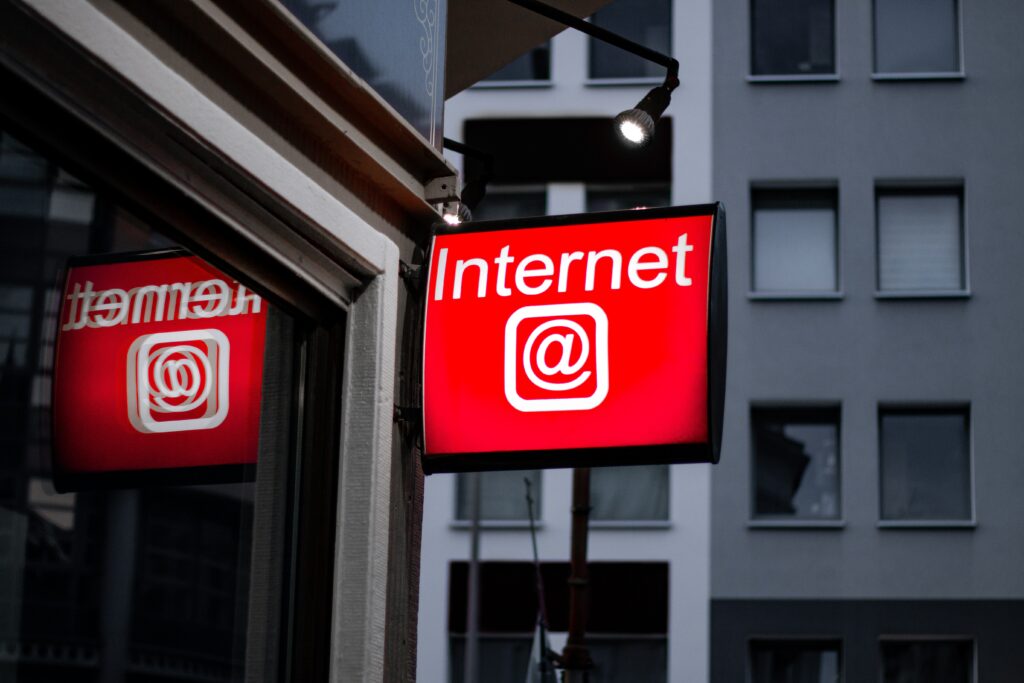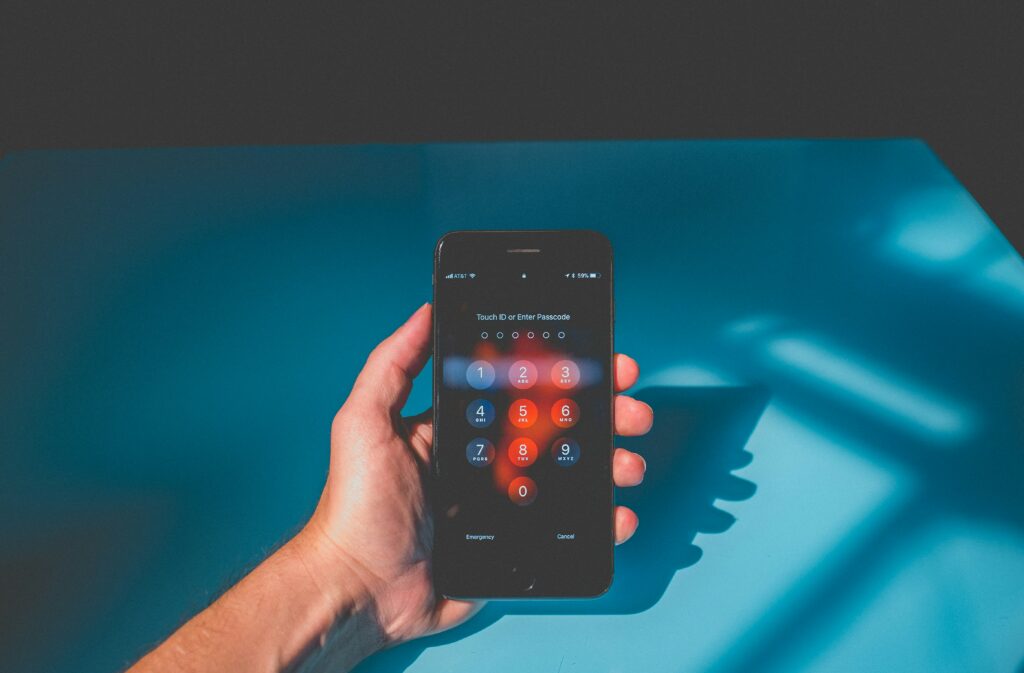Digital Identity: Personal vs. Professional
For the past two weeks, I have been learning how our digital identities can be divided into personal and professional ones. Personally, I share photos, jokes, and casual updates with close friends. Professionally, I focus on achievements, projects, and articles that support my career. To keep these identities separate, I use privacy settings on social media and always pause before posting. This way, I can protect my personal life while still showing a polished profile to potential colleagues or employers.
My Digital Visitor and Resident Map

I also explored the concept of the Digital Visitor and Resident map. As a “visitor,” I only use certain websites to quickly complete tasks—like looking for instructions or browsing a forum without commenting. As a “resident,” I am more engaged on platforms such as LinkedIn or Instagram, where I post updates, interact with others, and actively build an online presence. Mapping these behaviours helped me see where I invest my time online. Over time, I expect my map to change as my goals and interests evolve, and these changes will likely affect how I communicate on different platforms.
Personalized Learning Theories in My Experience
Next, I studied theories of personalized learning such as Constructivist and Self-Directed Learning. These approaches tailor education to individual needs and interests. I have taken online courses that let me move at my own pace. This flexibility keeps me motivated and aligns with what I truly enjoy learning. By setting my own goals and choosing the right tools, I stay more engaged and can build a stronger foundation for future challenges.
Privacy, Surveillance, and My Digital Footprint

Lastly, I looked at privacy, surveillance, and digital footprints. Every action—every post, comment, or search—leaves a mark online. To safeguard my privacy, I use strong passwords, check security settings, and think twice before sharing personal details. Understanding how surveillance works is critical, as companies and governments can track online activity. Good online habits ensure that my digital presence remains positive, safe, and respectful.
Overall, these topics remind me that I have an important role in shaping my online identity and experiences. By mindfully separating personal and professional identities, recognizing where I am a visitor or resident, embracing personalized learning, and protecting my privacy, I can make the most of what the digital world offers.

Recent Comments